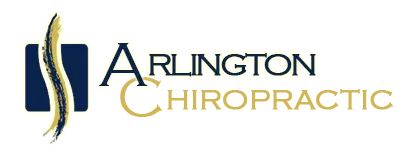The biceps tendon is a crucial component of the shoulder joint, as it helps stabilize the joint and allows for the movement of the arm. However, in some cases, the biceps tendon can become injured or damaged, which can lead to a condition called a SLAP (superior labrum anterior to posterior) tear. In some instances, this injury can result in the biceps tendon becoming the labrum.
To understand how this happens, it is important to first understand the anatomy of the shoulder joint. The shoulder joint is made up of the humerus bone (upper arm bone), the scapula bone (shoulder blade), and the clavicle bone (collarbone). The labrum is a ring of cartilage that surrounds the socket of the shoulder joint and helps to hold the humerus bone in place.
The biceps tendon attaches to the humerus bone and runs through the shoulder joint, where it eventually attaches to the labrum. However, if the biceps tendon becomes damaged, it can cause the labrum to become detached from the bone. This can lead to a SLAP tear, which is a tear in the labrum that can cause pain and instability in the shoulder joint.
In some cases, the biceps tendon can become so damaged that it begins to detach from the bone. When this happens, the body may attempt to repair the area by forming scar tissue. Over time, this scar tissue can start to take on the characteristics of the labrum, effectively becoming a new labrum.
This process is known as a biceps pulley lesion, and it occurs when the biceps tendon is repeatedly pulled away from the bone. This can happen as a result of overuse or repetitive motions, such as throwing a ball or lifting weights. Over time, the repeated pulling can cause the biceps tendon to become damaged and eventually detach from the bone.
Once the biceps tendon has detached from the bone, the body will attempt to repair the area by forming scar tissue. This scar tissue can start to take on the characteristics of the labrum, effectively becoming a new labrum. However, this new labrum is not as strong or as stable as the original labrum, which can lead to further instability in the shoulder joint.
In conclusion, the biceps tendon can become the labrum as a result of a SLAP tear or a biceps pulley lesion. This can happen when the biceps tendon becomes damaged and detaches from the bone, causing the body to form scar tissue that takes on the characteristics of the labrum. While this process can help to repair the shoulder joint, it can also lead to further instability and pain in the long run.
If you’re seeking help with an assessment, diagnosis, and treatment for this potential condition, come to Arlington Chiropractic for an evaluation!
